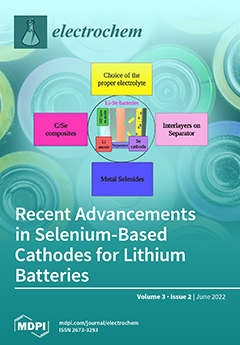Airborne microorganisms play a significant role in the transmission of infectious diseases. As such, improving indoor microbial air quality can enhance infection control in numerous settings. This study examined the efficacy of the PlasmaShield
® air purification device to remove airborne microorganisms under
[...] Read more.
Airborne microorganisms play a significant role in the transmission of infectious diseases. As such, improving indoor microbial air quality can enhance infection control in numerous settings. This study examined the efficacy of the PlasmaShield
® air purification device to remove airborne microorganisms under laboratory conditions. Pure cultures of model microorganisms at varying concentrations were aerosolized using a 1-jet Collison nebulizer through stainless-steel removable piping prior to reaching the PlasmaShield
® device. The surviving microorganisms were captured using the Staplex
® MBS-6 Six Stage Microbial Air Sampler and enumerated via culture on agar plates. The positive-hole-corrected colony/plaque-forming units were compared with the negative control (microorganisms aerosolized through an empty PlasmaShield
® casing). The PlasmaShield
® statistically significantly (
p < 0.05) reduced airborne
Escherichia coli,
Staphylococcus epidermidis, Bacteriophage MS2 and
Cladosporium sp. compared with the negative control. The maximum removal achieved was estimated to be 4 × log
10E. coli (99.99% removal), 4 × log
10S. epidermidis (99.97% removal), 7 × log
10 MS2 (99.99998% removal) and 5 × log
10Cladosporium sp. (99.999% removal). Scanning electron microscope images of the surviving microorganisms showed that the PlasmaShield
® damaged the cell membrane of these model microorganisms. This study provides proof-of-concept evidence to support the use of this technology to improve indoor microbial air quality.
Full article




